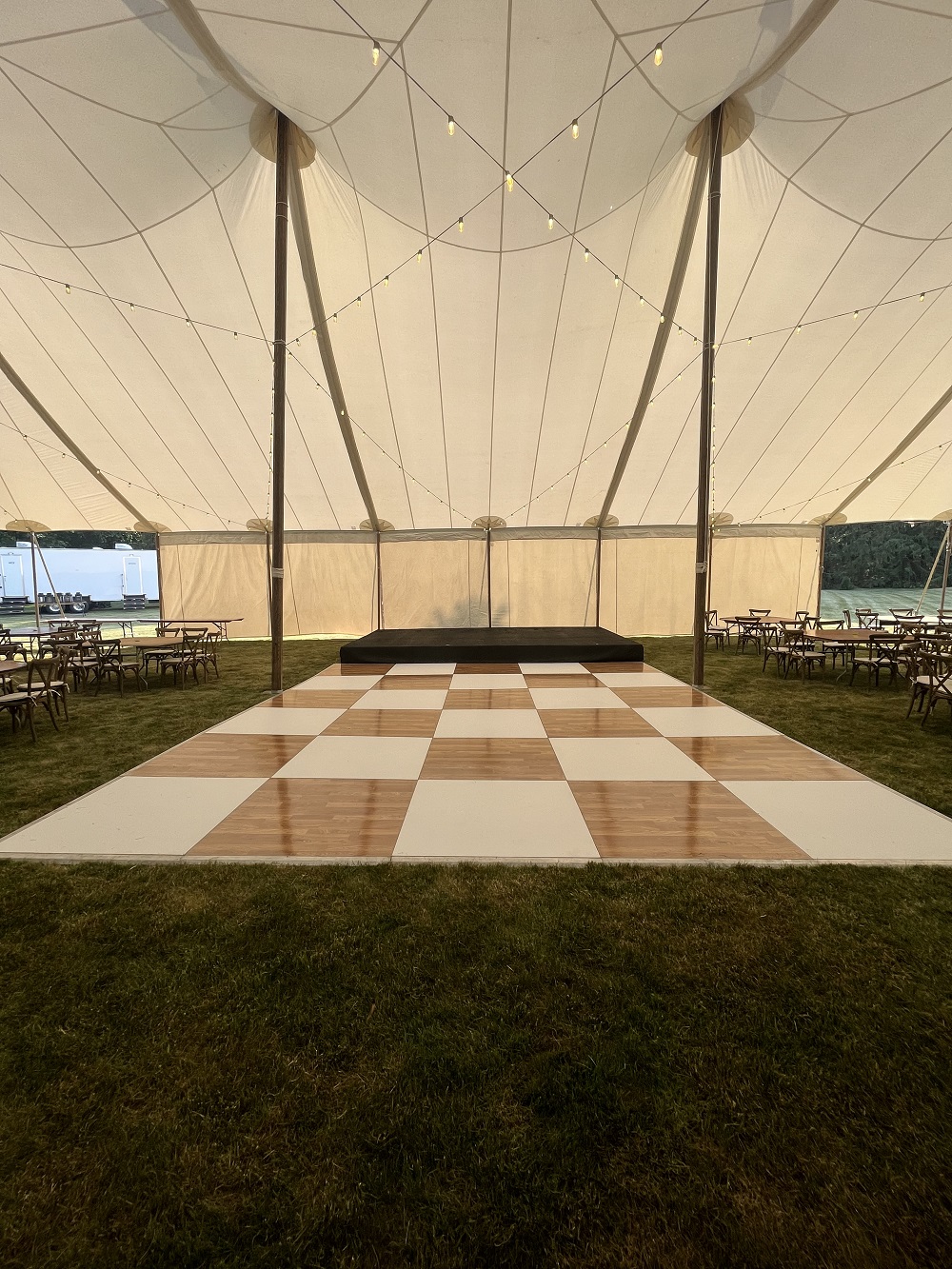
One of the key crucial aspects of caring for a rented dance surface is routine cleaning. Dust, dirt, and grime can accumulate on the surface, rendering it hazardous and unsafe for performers. It is recommended to sweep or vacuum the surface before and after every use. For deeper cleaning, a moist mop with a proper cleaning agent can be used, but it is important to steer clear of too much water, especially on timber surfaces, as this can cause warping. Using the right cleaning agents is also essential; harsh substances can harm the surface and integrity of the floor. Always consult with the leasing company for recommended cleaning agents.
Another important factor in maintaining rented dance floors is correct installation and arrangement. Ensuring that the surface is set out correctly can avoid damage during operation. It is important to adhere to the producer's guidelines for installation, which may entail using protective underlayment or making certain that the floor is even. If the surface is modular, ensure that all sections fit snugly together to prevent tripping hazards. Additionally, using protective coverings during installation can help avoid scratches and marks from gear or furniture.
Climate and moisture control also play a crucial role in the maintenance of rented dance floors. Timber floors, in particular, are sensitive useful link to fluctuations in the environment. High moisture can lead to wood to swell, while low moisture can lead to cracking. It is recommended to keep the dance space at a consistent temperature and moisture level. If possible, use humidity control devices or air conditioning to keep a comfortable atmosphere. This not only protects the surface but also enhances the overall atmosphere for dancers.
Finally, it is crucial to inform all participants about the correct use of the dance surface. Performers should be aware of the types of shoes that are appropriate for the floor. For example, shoes with elastic soles can cause too much friction on certain floors, while shoes with rigid soles may damage the surface. Encouraging dancers to prepare and recover correctly can also help avoid accidents and injuries. By fostering a culture of care and respect for the rented dance surface, participants can guarantee that it remains in excellent condition for future events.